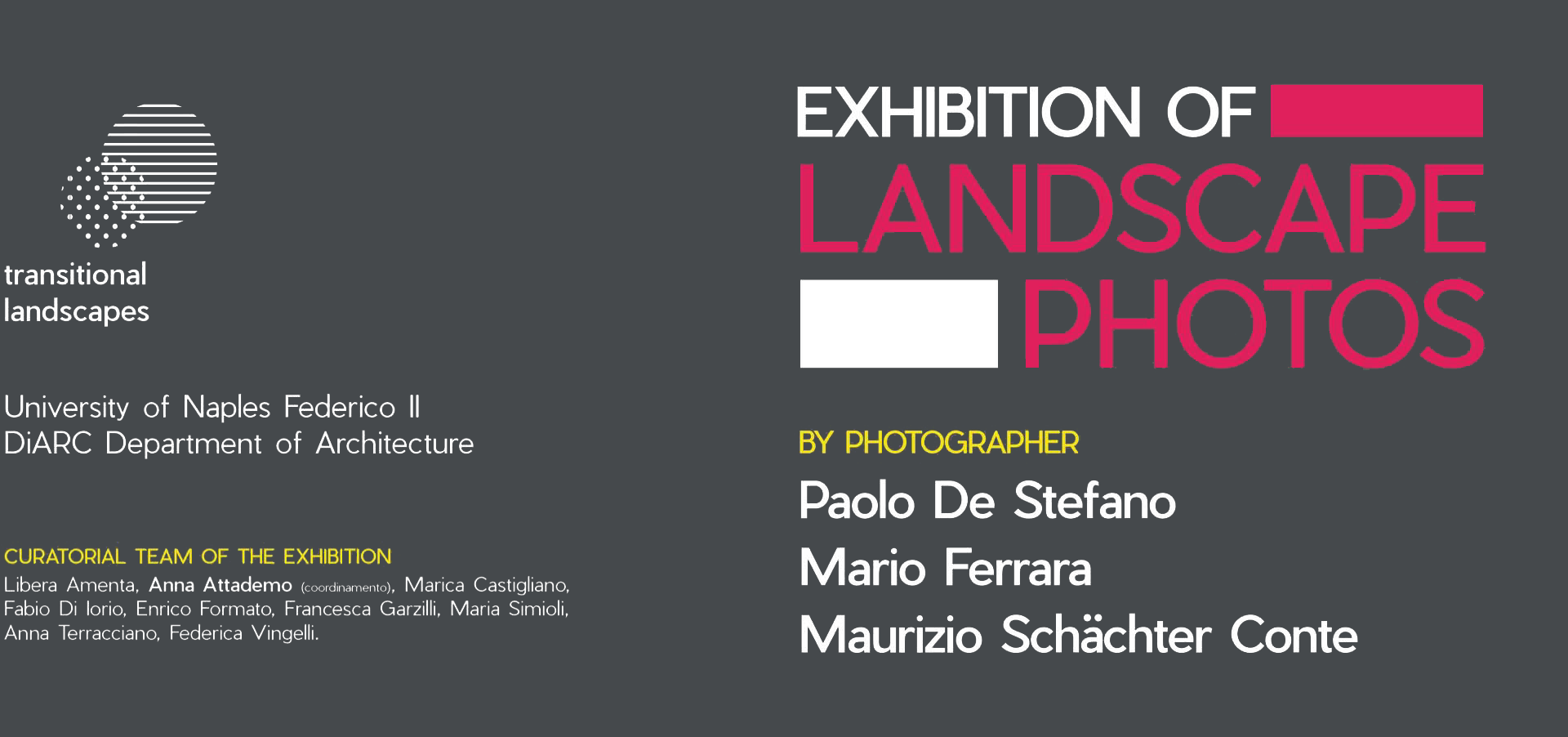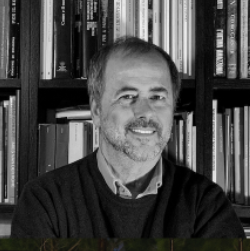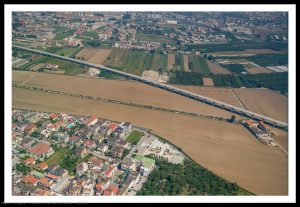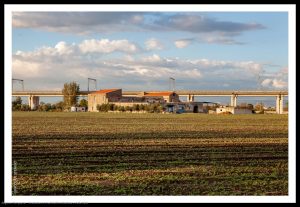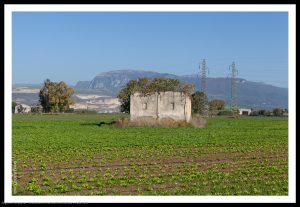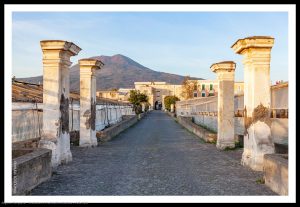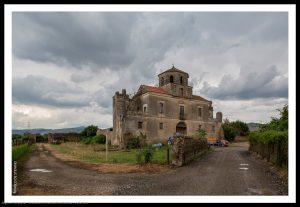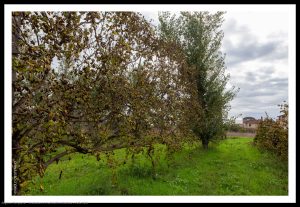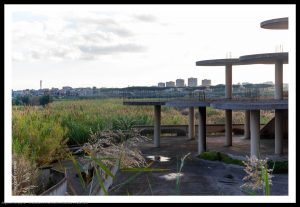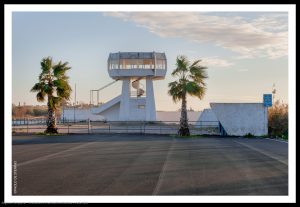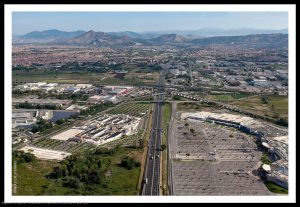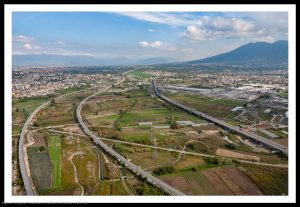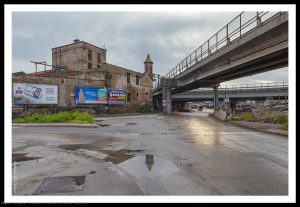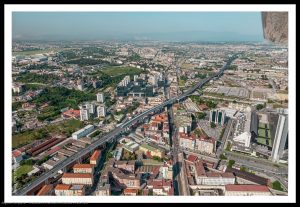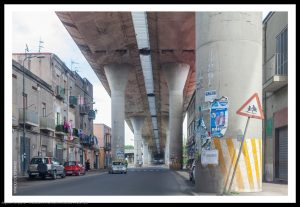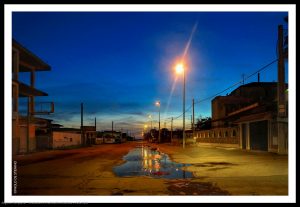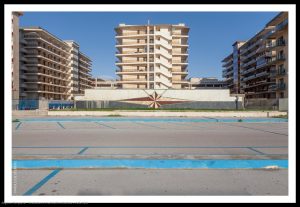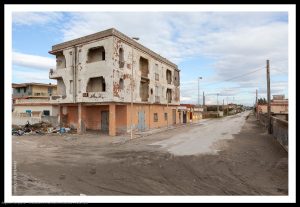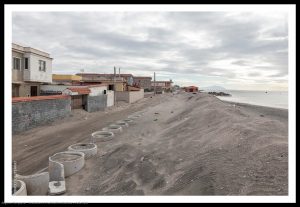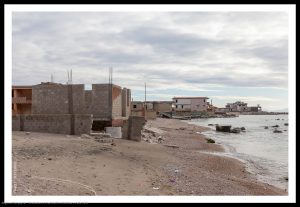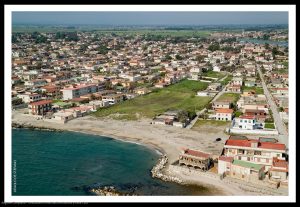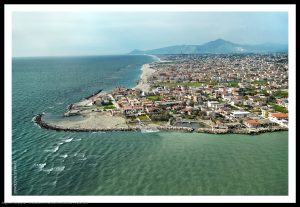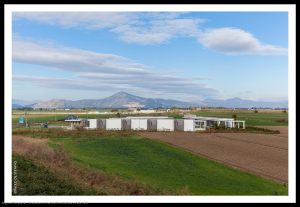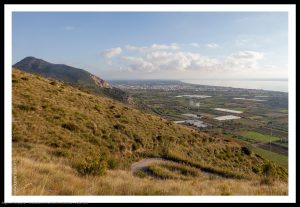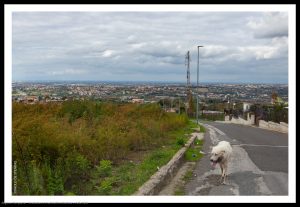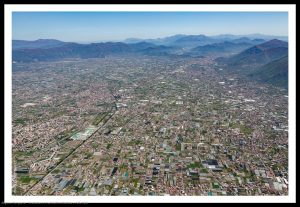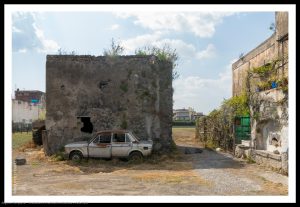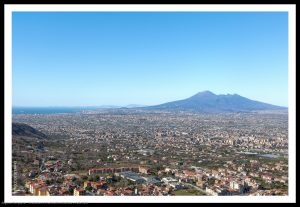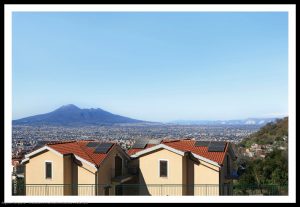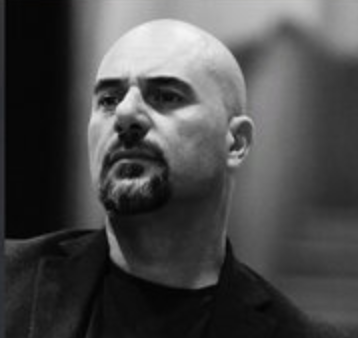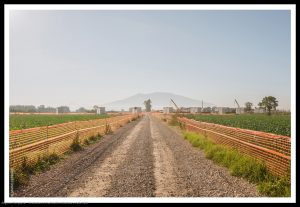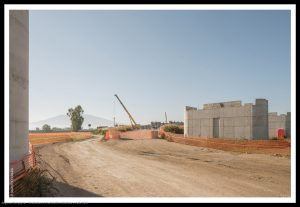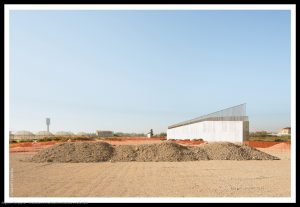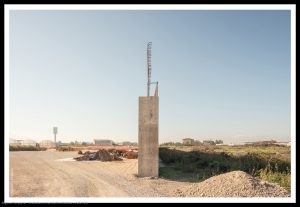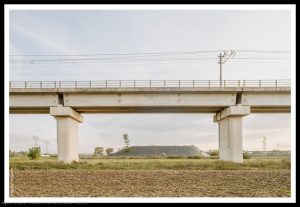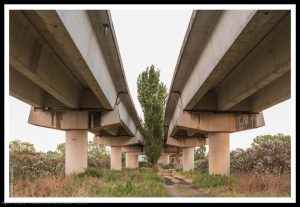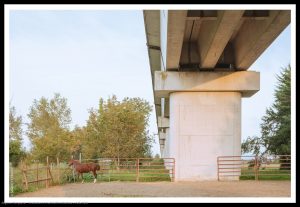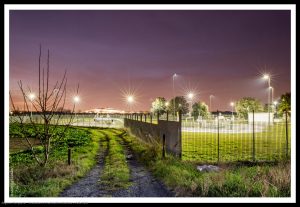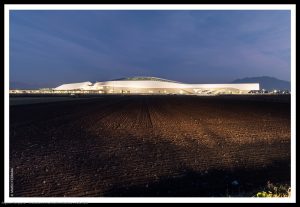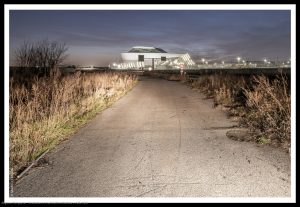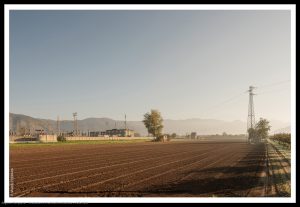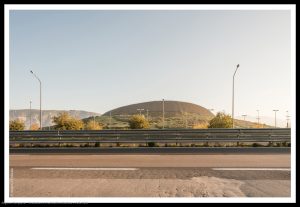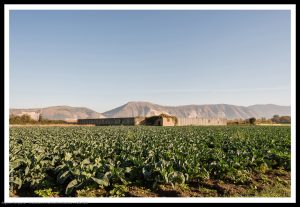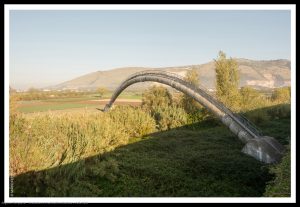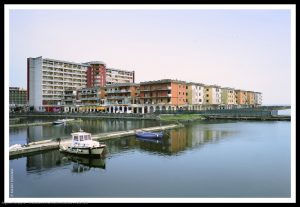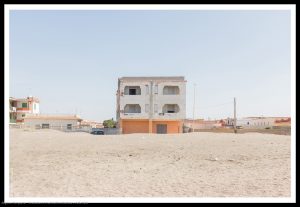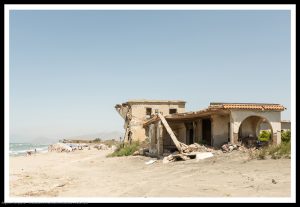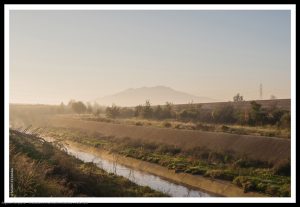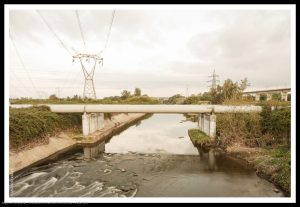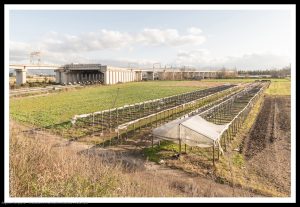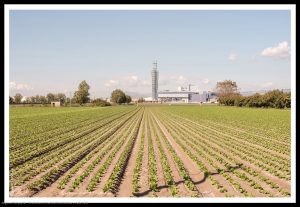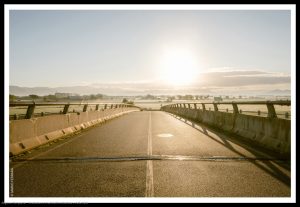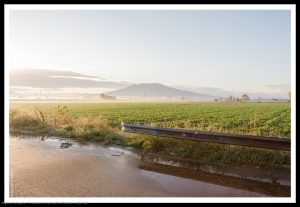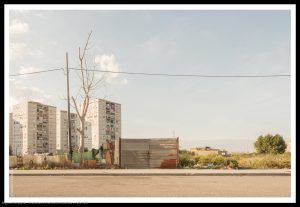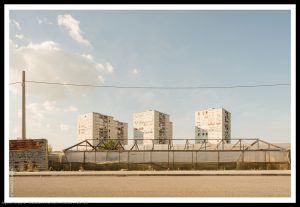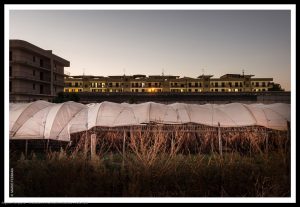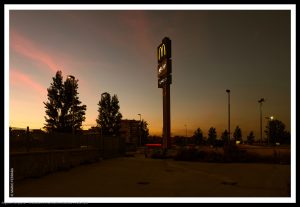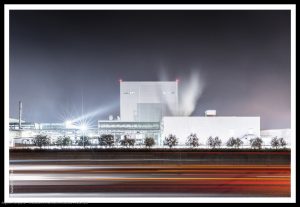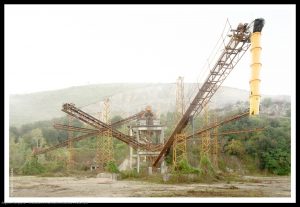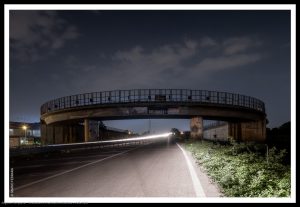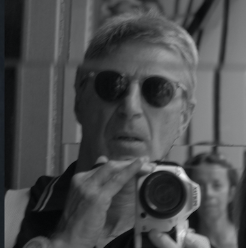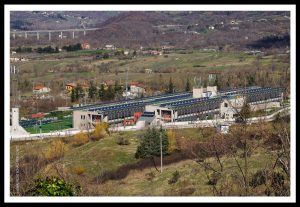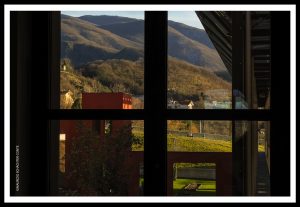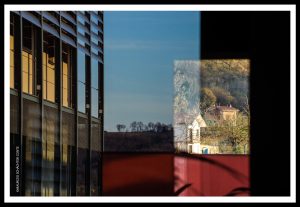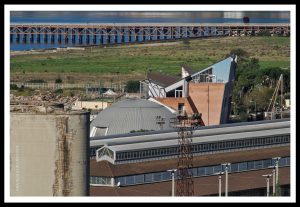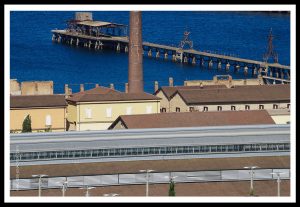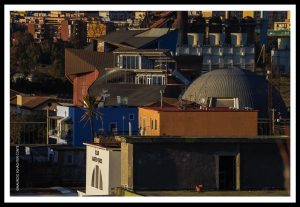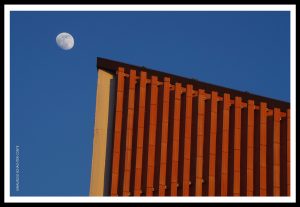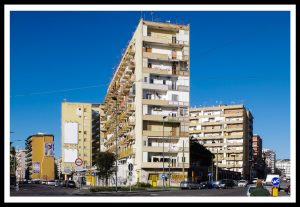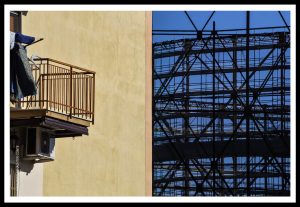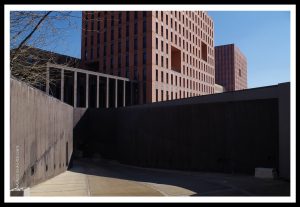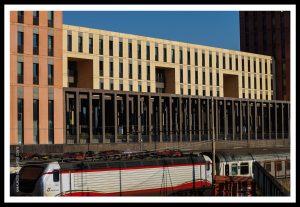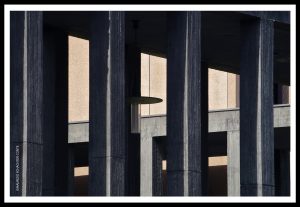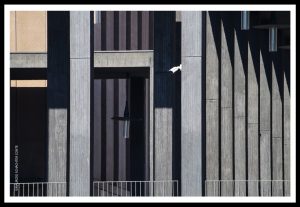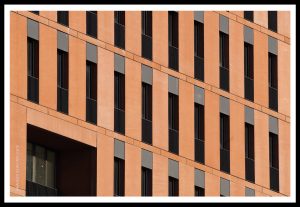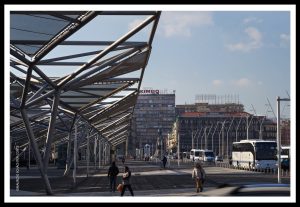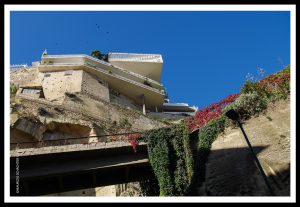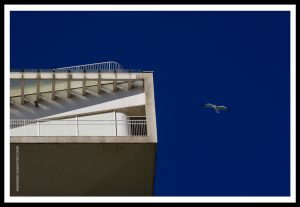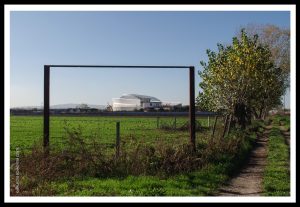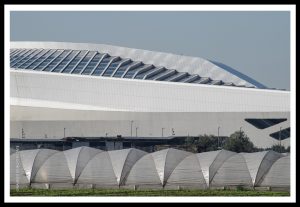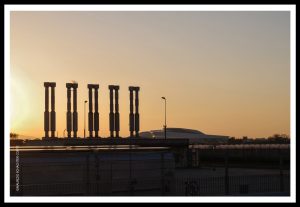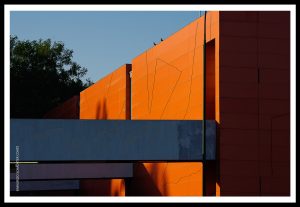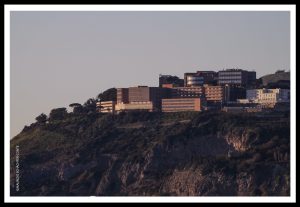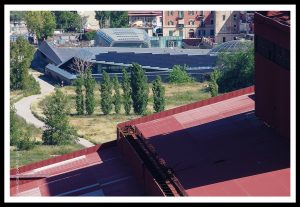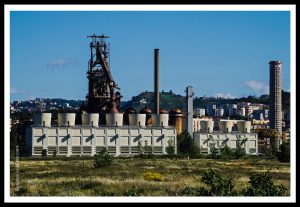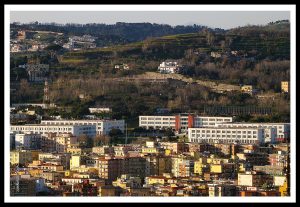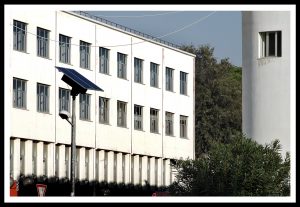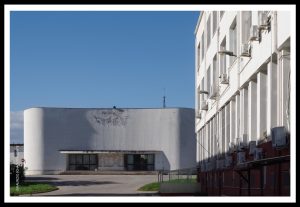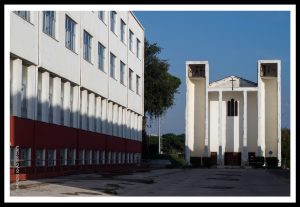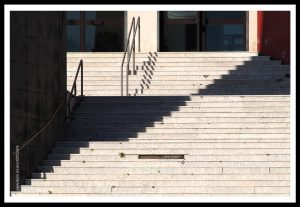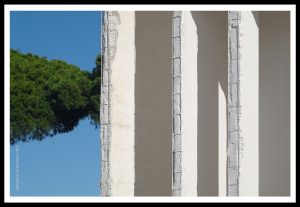Paolo De Stefano
The photographs on display define a set of topics and issues that landscape design has to deal with, a permanent and vivid investigation into a changing world that indicates paths, rises questions, inserting in our debate a poetic gaze, that describes our way of living and inhabiting.
Laura Lieto
- Casalnuovo – Pomigliano D’Arco – S. Anastasia (NA), 2006
- S. Anastasia (NA), 2020
- Eboli (SA), 2020
- Torre del Greco (NA), 2020
- Maddaloni (CE), 2020
- Villa Literno (CE), 2020
- Marcianise (CE), 2016
- Casalnuovo – Volla (NA), 2007
- Napoli, 2020
- Napoli, 2008
- Napoli, 2012
- Castel Volturno (CE), 2020
- Castel Volturno (CE), 2020
- Castel Volturno (CE), 2020
- Castel Volturno (CE), 2020
- Castel Volturno (CE), 2020
- Castel Volturno (CE), 2006
- Castel Volturno (CE), 2006
- Castel Volturno (CE), 2020
- Mondragone (CE), 2020
- Pozzuoli (NA), 2020
- Pompei (NA) – Scafati (NA), 2012
- Pompei (NA), 2017
- Corbara (SA), 2020
Mario Ferrara
Mario Ferrara digs into the landscape with an archaeological approach, revealing recurrencies, analogies, disappeared orders. The gaze is flat, deliberately objectivists, not details nor exception oriented. The ground—with the shadows that shape it, the traces that at times re-emerge, the profile that on the horizon reveals its distance, becoming a mountain— is the protagonist of these photographs. The perspective is long and the rhythm, as in Carver’s most bloody tale, is kept calm and detached —as in the face of the brutal crimes— facing the change of scale and sense, that persistently breaks the order of the canvas in several spots. A process that reminds us that peri-urban is a world of fragments, lacerations, gaps and meaningful memories. However, the noise, in these photographs, remains in the background, neither disturbing nor distracting. Thus, the message that Ferrara suggests is both poetic and material. In this sense, gravity brings us back to the laying surface, the dew makes the scattered green and the grey that spreads poetic, the land becomes pylons of another overpass, the unconscious recurrence of the forms transforms a terraced settlement into a projection of an old greenhouse that is no longer needed.
Enrico Formato
- Acerra NA
- Acerra NA, 2020
- Acerra NA, 2020
- Acerra NA, 2020
- Marcianise CE, 2020
- Marcianise CE, 2020
- Marcianise CE, 2020
- Afragola NA, 2020
- Afragola NA, 2020
- Afragola NA, 2020
- Nola NA , 2020
- Nola NA , 2020
- Nola NA , 2020
- Nola NA , 2020
- Castel Volturno CE, 2012
- Castel Volturno CE, 2017
- Castel Volturno CE, 2018
- Marcianise CE, 2020
- Marcianise CE, 2020
- Marcianise CE, 2020
- Acerra NA, 2020
- Afragola NA, 2020
- Afragola NA, 2020
- Napoli, 2020
- Napoli, 2020
- Orta di Atella CE, 2019
- Casoria NA, 2020
- Marcianise CE, 2019
- Castel Morrone CE, 2020
- Afragola NA, 2019
Maurizio Shächter Conte
Maurizio Schächter Conte’s photographs move on a twofold register. On one hand, they reveal the depth of shadow, enhance the color, fix the detail, declaim with emphasis the spatial dialectic which shapes the architectures; they stage the relationship with the places starting from the artefact, often from within, even giving consistency to reflections and mirrorings which return a landscape, never banal, between inside and outside, between architecture and nature. On the other hand, seen from afar, these landscapes take on the form of paradoxical interpenetrations, “à la Escher”, wherein the space becomes an interweaving of monads, a sequence of panoramas, a semantic redundancy and, at the same time, a tragedy of voids, of the scraps, of the space that remains between the things. Such a vision provides an interpretation of the transition as an entwining of exceptionalities, caught by the always oriented eye of the observer. A transition made of spectacular surprises, formal phantasmagoria, optic illusions, but also by the thumping echo of the angel who, ruinously fallen, suddenly perceives the world only as a causal and senseless accumulation of signs.
Enrico Formato
- Stabilimento ACCA – Bagnoli Irpino (AV), 2020
- Stabilimento ACCA – Bagnoli Irpino (AV), 2020
- Stabilimento ACCA – Bagnoli Irpino (AV), 2020
- Città della Scienza – Napoli, 2020
- Città della Scienza – Napoli, 2020
- Città della Scienza – Napoli, 2020
- Città della Scienza – Napoli, 2020
- Complesso ERP “Stella Polare” – Napoli, 2020
- Complesso ERP “Stella Polare” – Napoli, 2020
- Cittadella giudiziaria – Salerno, 2020
- Cittadella giudiziaria – Salerno, 2020
- Cittadella giudiziaria – Salerno, 2020
- Cittadella giudiziaria – Salerno, 2020
- Cittadella giudiziaria – Salerno, 2020
- Nuova Stazione piazza Garibaldi – Napoli, 2020
- Villa Crespi – Napoli, 2020
- Villa Crespi – Napoli, 2020
- Stazione TAV – Afragola (NA), 2020
- Stazione TAV – Afragola (NA), 2020
- Stazione TAV – Afragola (NA), 2020
- Multi cinema MED – Napoli, 2013
- Accademia Aeronautica – Pozzuoli (NA), 2020
- Bagnoli area ex Italsider – Napoli, 2020
- Bagnoli area ex Italsider – Napoli, 2020
- Ex Collegio Ciano – Napoli, 2020
- Ex Collegio Ciano – Napoli, 2020
- Ex Collegio Ciano – Napoli, 2020
- Ex Collegio Ciano – Napoli, 2020
- Ex Collegio Ciano – Napoli, 2020
- Ex Collegio Ciano – Napoli, 2020
